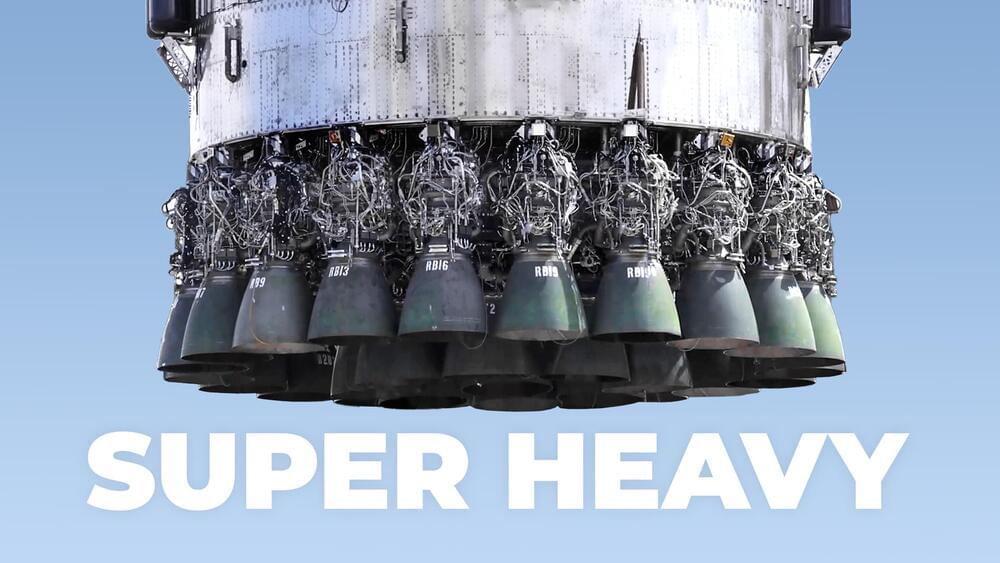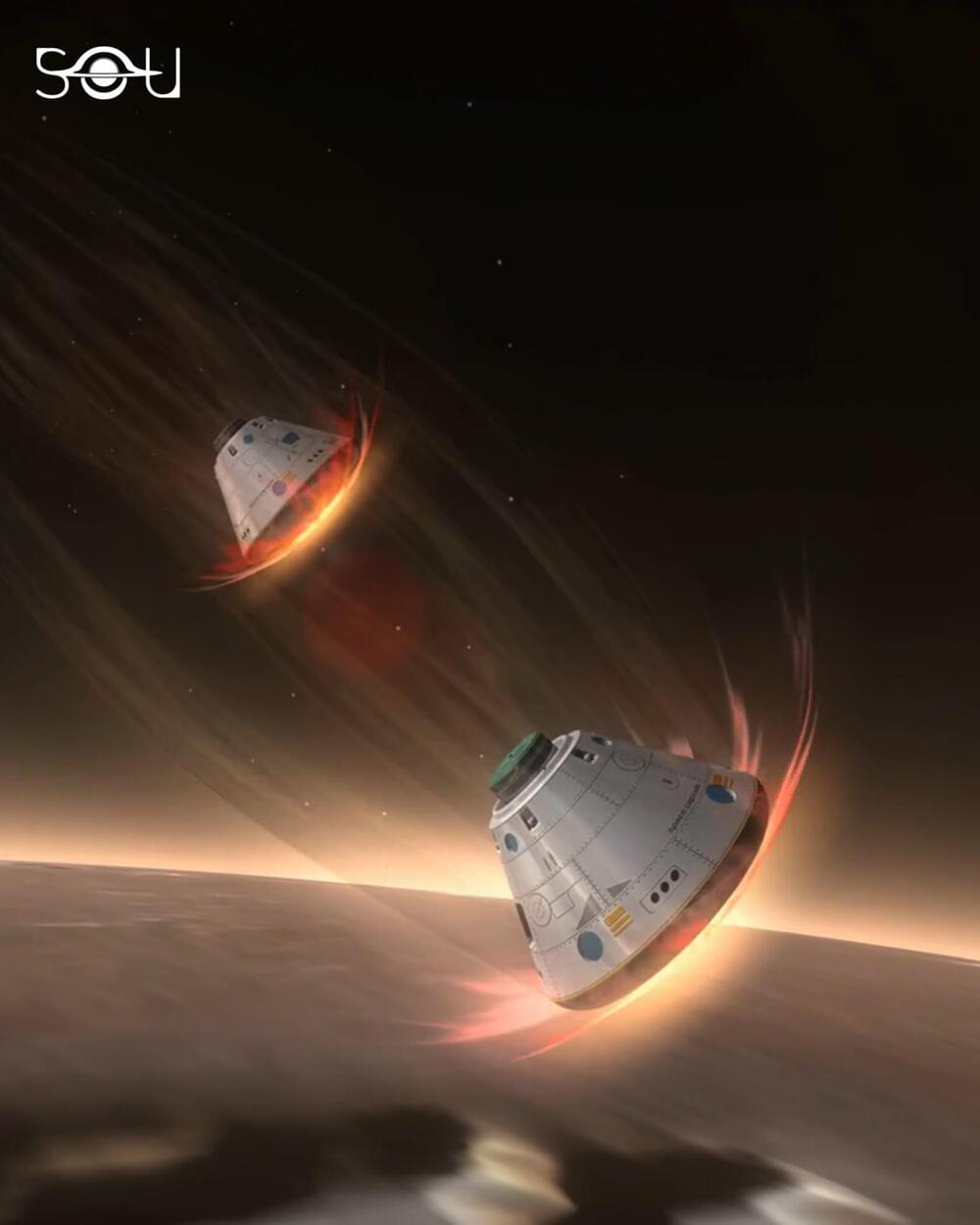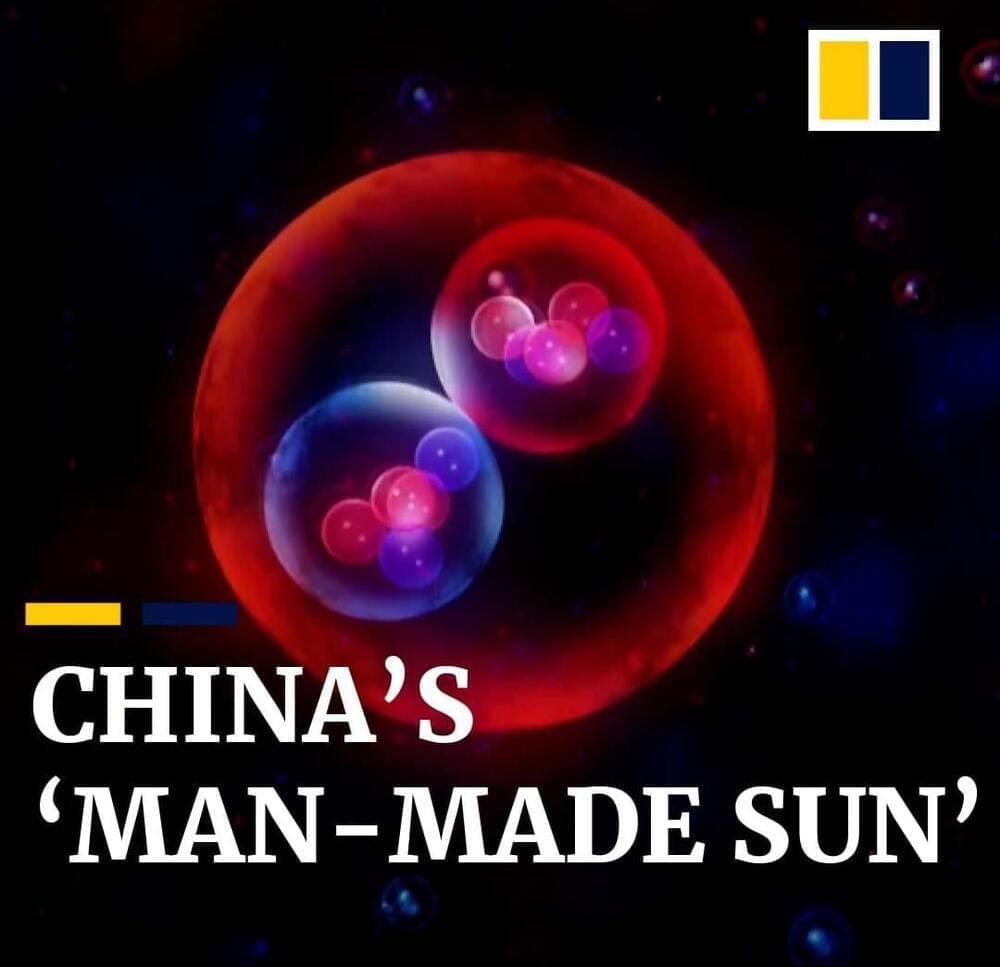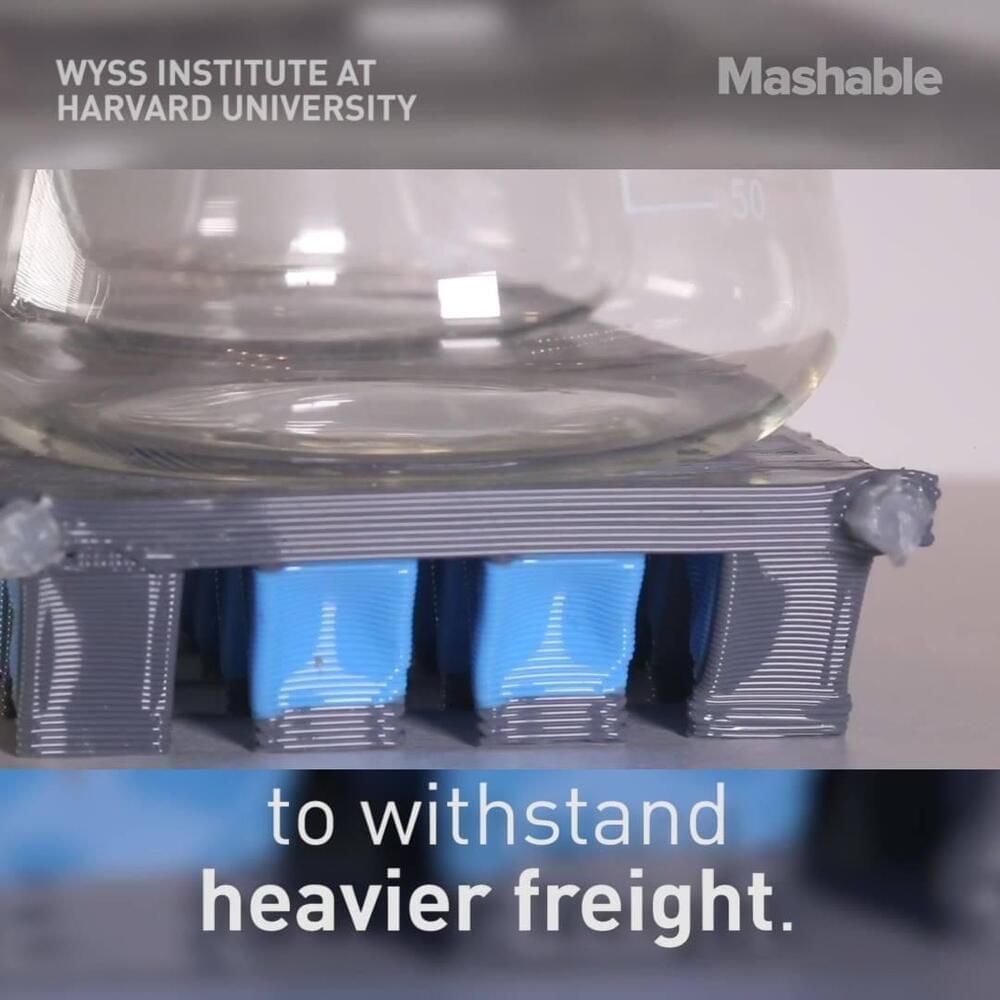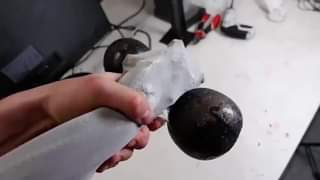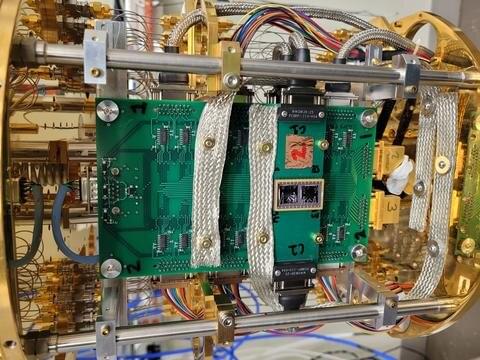Page 5431
Mar 3, 2022
The Sun’s activity has skyrocketed in the past few weeks!
Posted by Alberto Lao in category: futurism
Mar 3, 2022
After James Webb, Five Most Thrilling Missions of 2022!
Posted by Alberto Lao in category: futurism
Mar 3, 2022
Voyager 2 Is Back Online, 11 Billion Miles From Earth
Posted by Alberto Lao in category: futurism
Mar 3, 2022
Elon Musk’s claims Neuralink’s brain implants can take ‘photos’ of memories and help paraplegics walk again
Posted by Genevieve Klien in categories: computing, Elon Musk, space travel
Elon Musk has a knack for accomplishing feats that others consider improbable. From blasting rockets into space to becoming the king of the EV industry, Musk is determined to make history.
His latest passion project is Neuralink—a company that is developing a brain implant that will link the human brain directly to computers. He claims this brain-computer interface (BCI) will enable humans to carry out actions through thought alone. One of Musk’s first goals: helping paraplegics regain their independence.
But it doesn’t stop there. The company’s technology, Musk hopes, will one day not only treat but cure brain disorders and even save memories so people can revisit them like photo albums.
Mar 3, 2022
A new 3D printing technique switches between ‘inks’ so fast you can’t even see it
Posted by Shane Hinshaw in category: 3D printing
Mar 3, 2022
‘Flying car’ takes to the skies in test flight
Posted by Heather Blevins in category: transportation
Mar 3, 2022
Artificial muscles robotic arm
Posted by Heather Blevins in categories: cyborgs, robotics/AI
Mar 3, 2022
Novel design greatly improves output from commercial circuit boards next to superconducting qubits
Posted by Chima Wisdom in categories: computing, quantum physics
Researchers at the National Institute of Standards and Technology (NIST) have constructed and tested a system that allows commercial electronic components—such as microprocessors on circuit boards—to operate in close proximity with ultra-cold devices employed in quantum information processing. That design allows four times as much data to be output for the same number of connected wires.
In the rising excitement about quantum computing, it can be easy to overlook the physical fact that the data produced by manipulation of quantum bits (qubits) at cryogenic temperatures a few thousandths of a degree above absolute zero still has to be initiated, read out, and stored using conventional electronics, which presently work only at room temperature, several meters away from the qubits. This separation has obstructed development of quantum computing devices that outperform their classical counterparts.
That extra distance between the quantum computing elements and the external electronics requires extra time for signals to travel, which also causes signals to degrade. In addition, each (comparatively very hot) wire needed to connect the electronics to the cryogenic components adds heat, making it hard to maintain the ultracold temperature required for the quantum devices to work.
